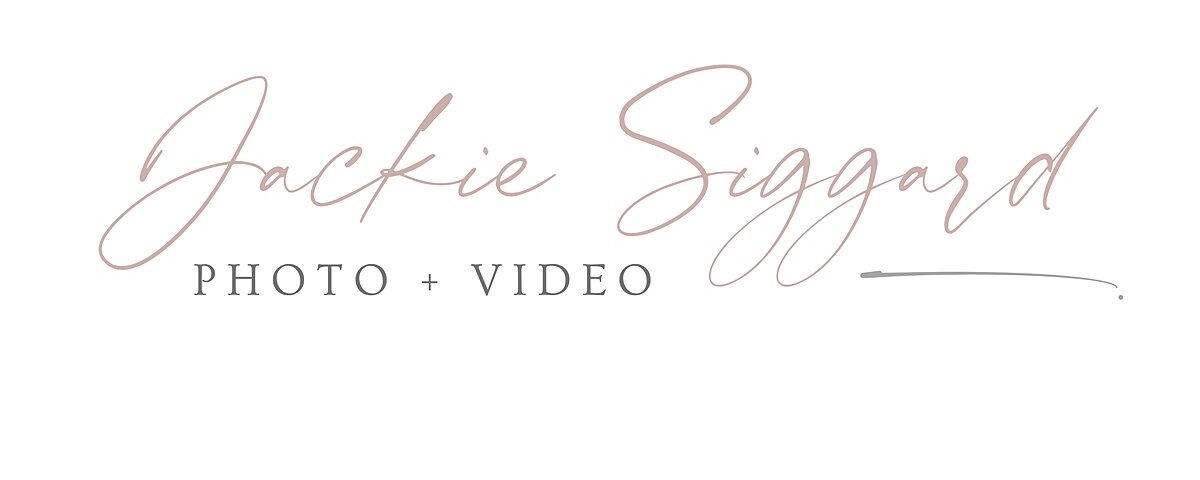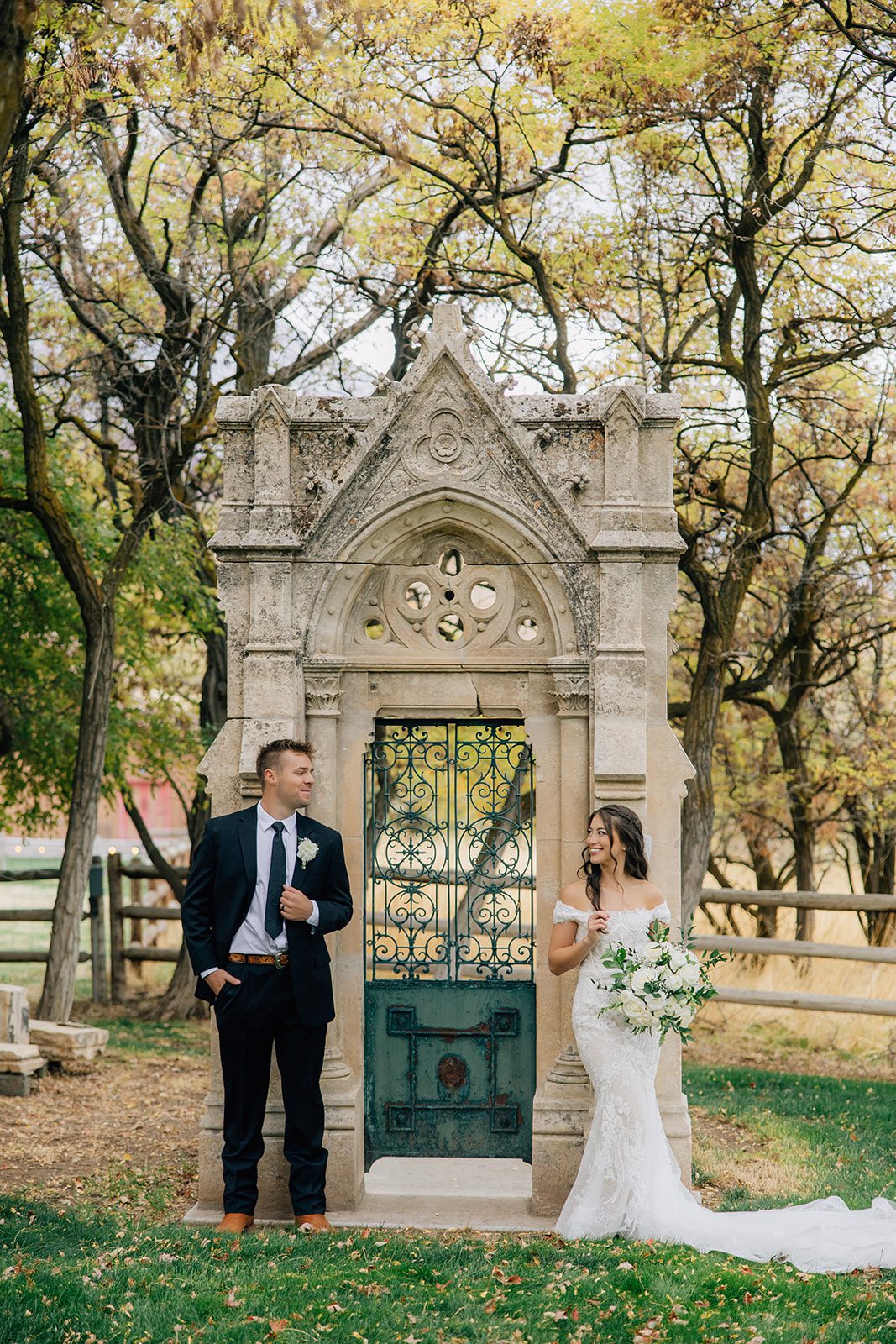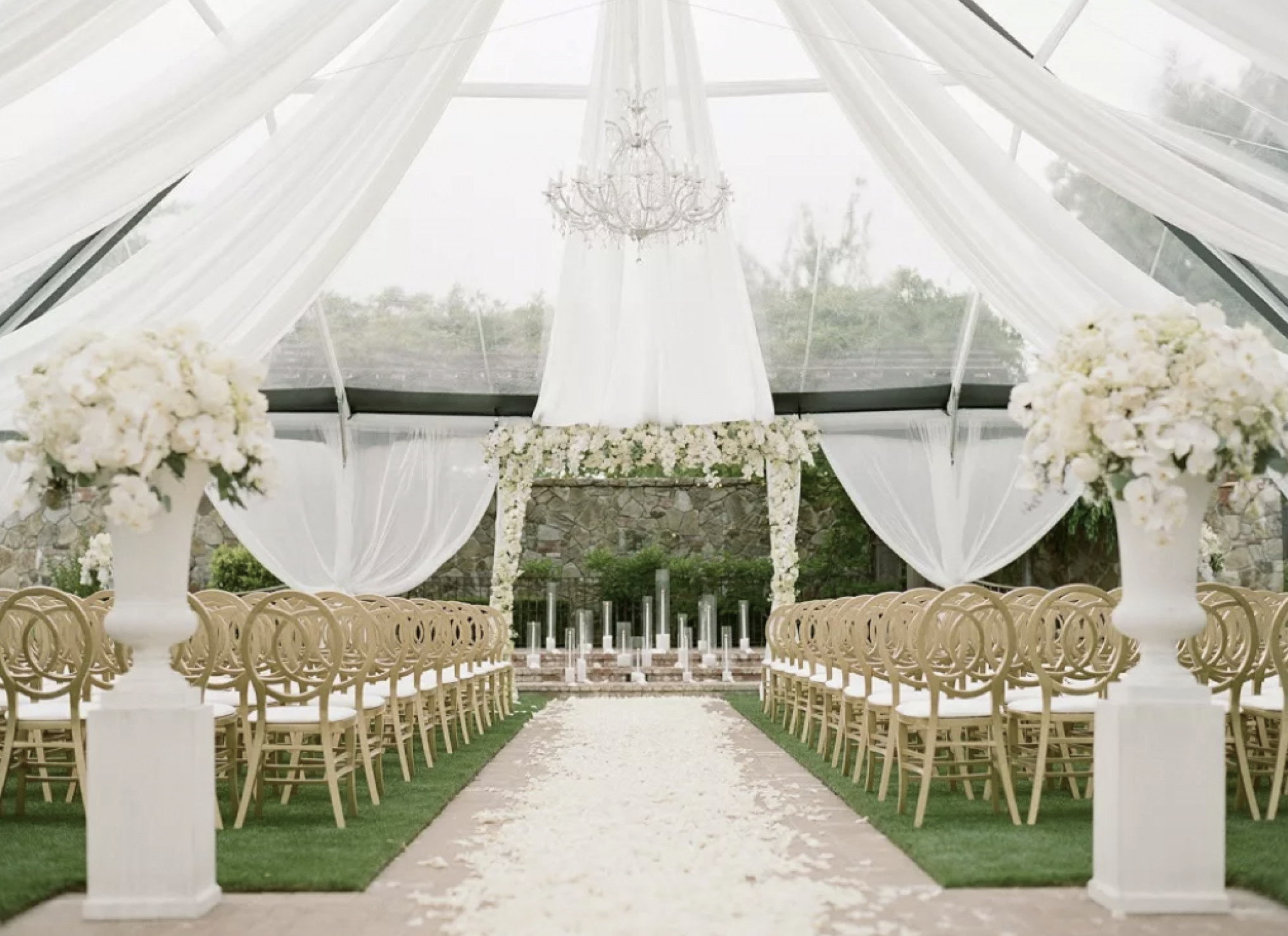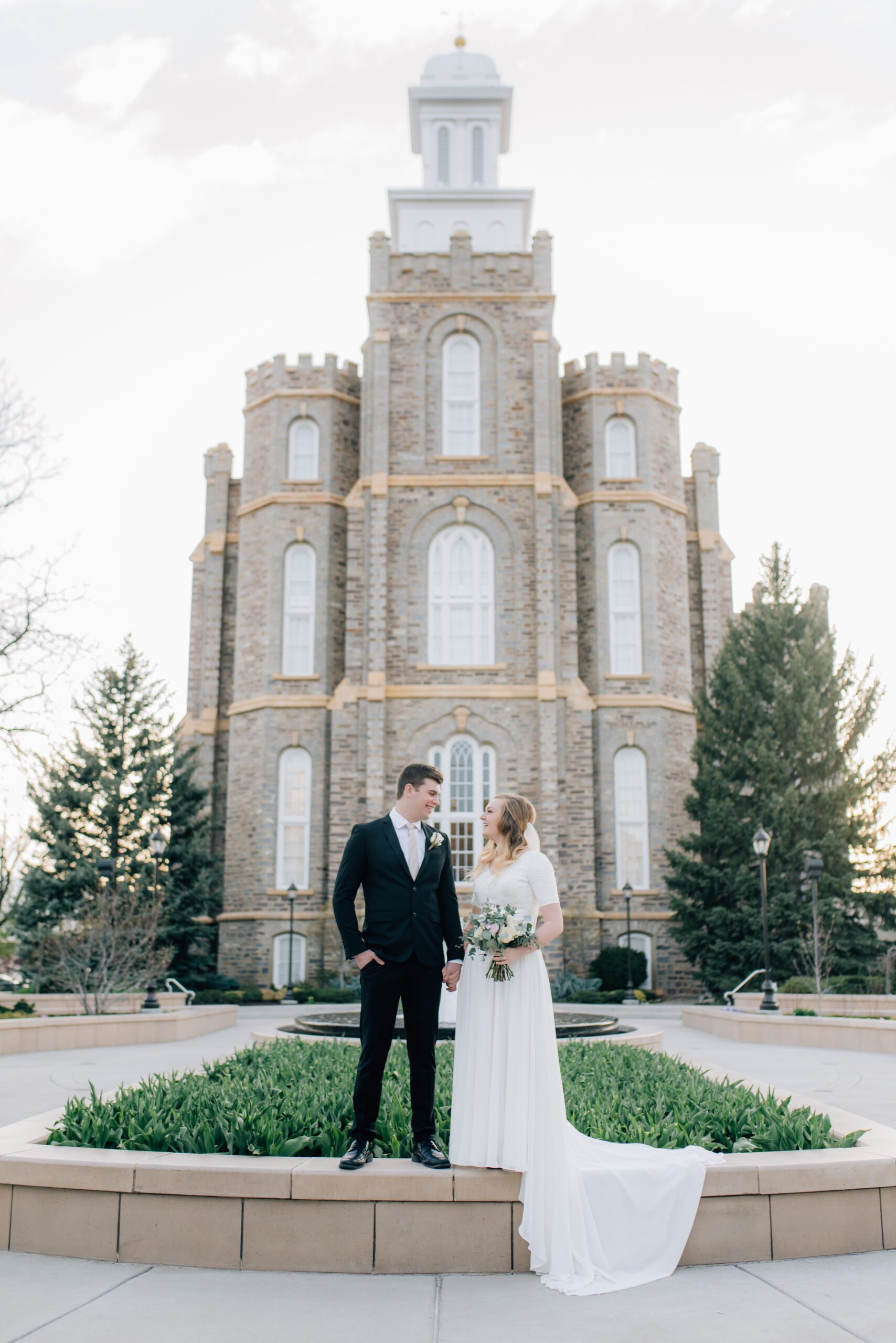How to Get Published in Wedding Magazines
Getting your work featured in wedding magazines is a fantastic way to gain exposure, establish credibility, and attract more clients. However, competition is fierce, and it takes strategy, persistence, and an understanding of what editors are looking for. If you’re a wedding photographer aiming to get your work published, this guide will walk you through the essential steps to make it happen.

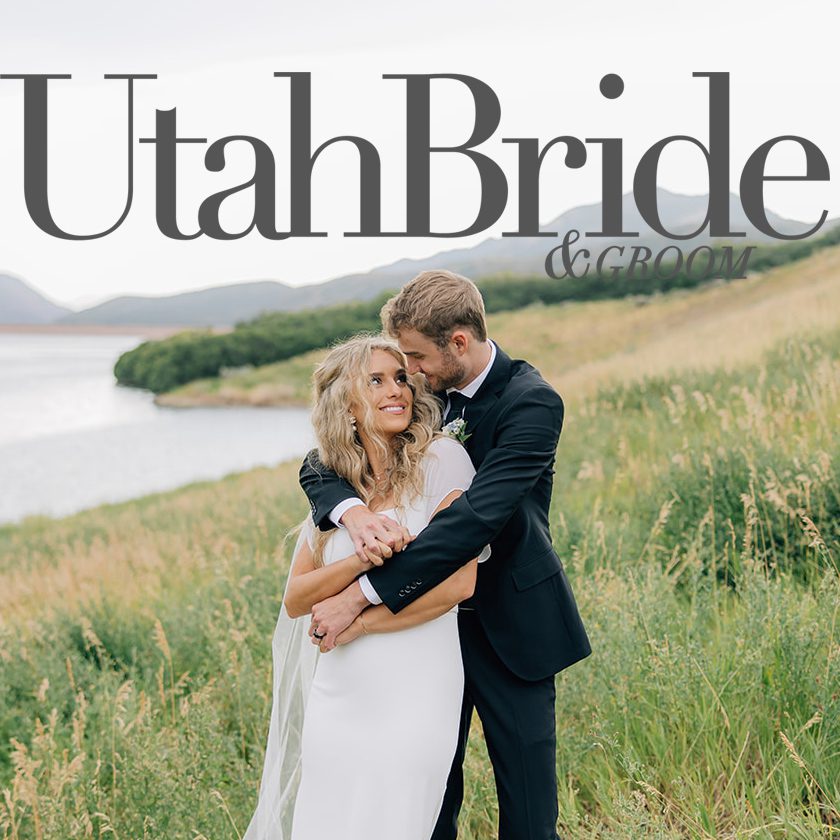







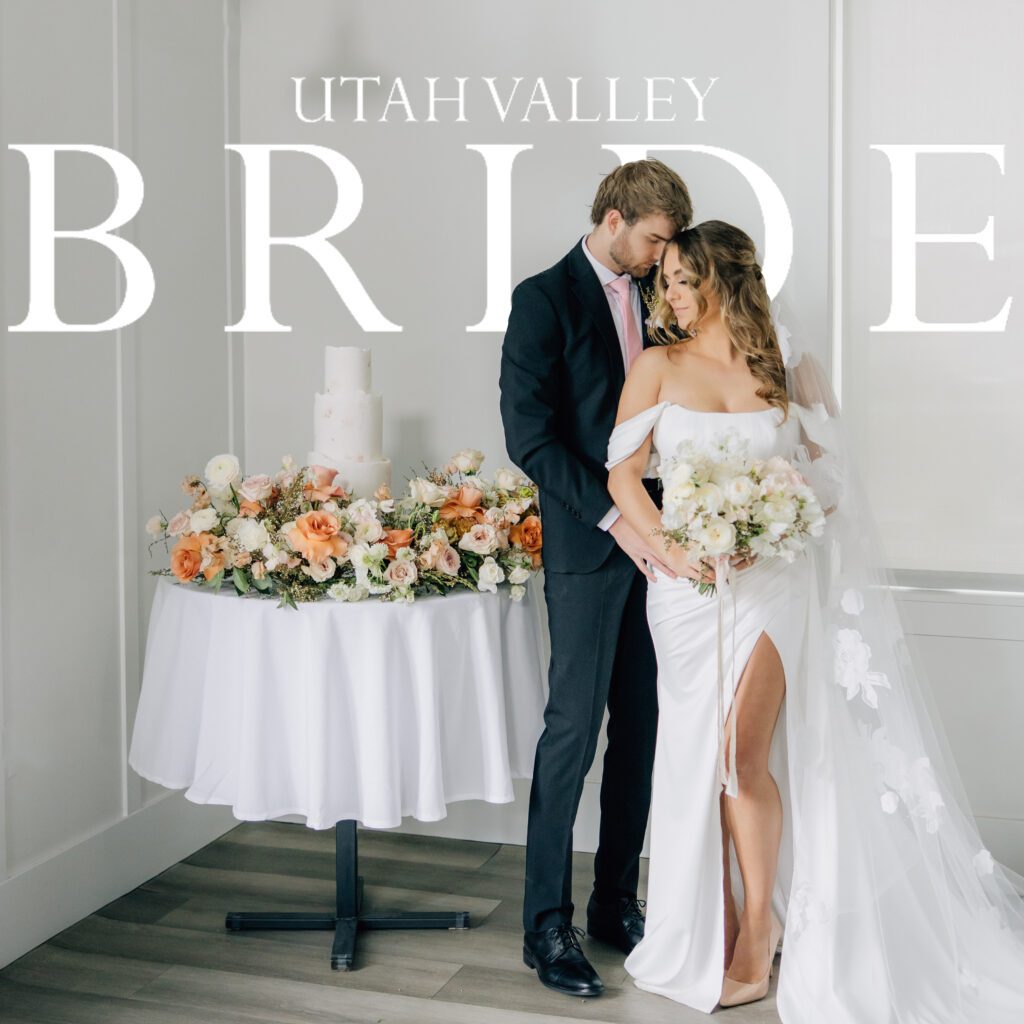

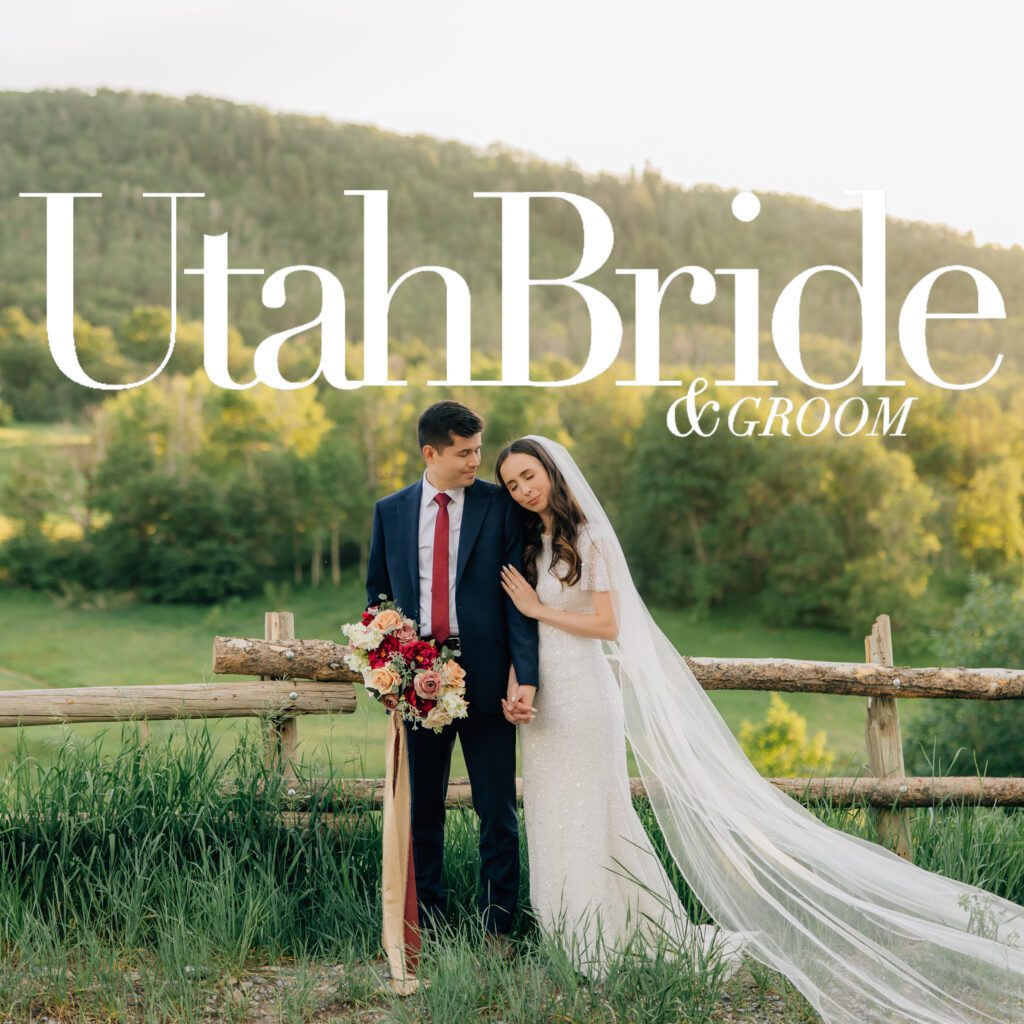

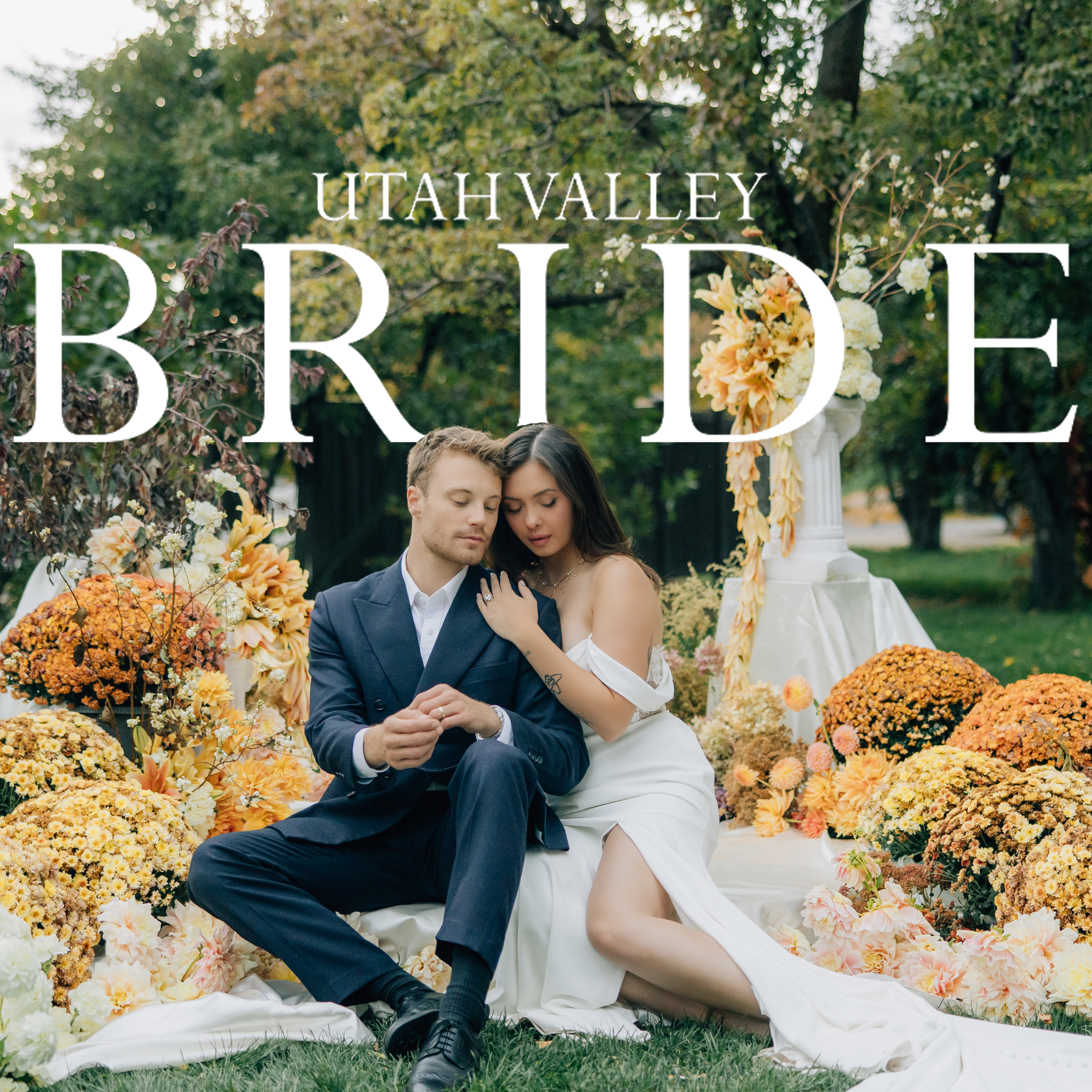
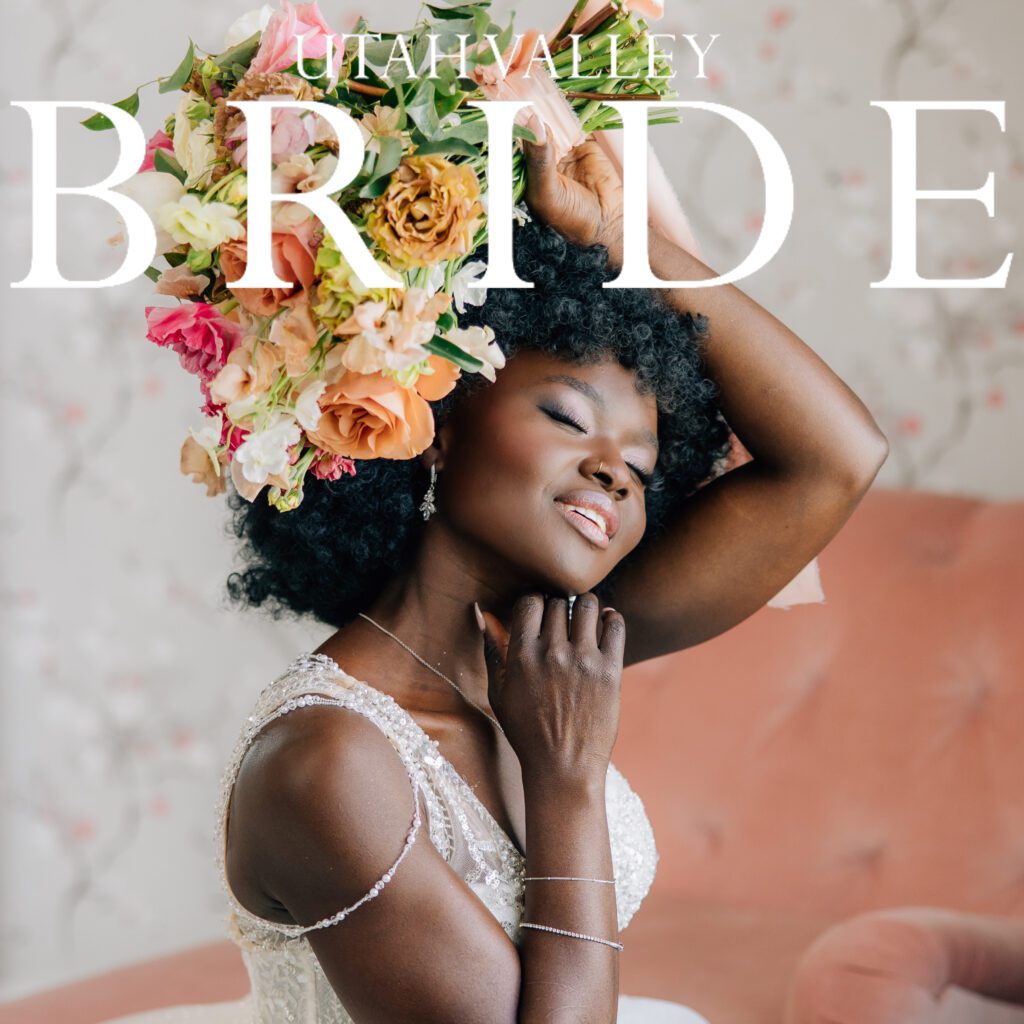

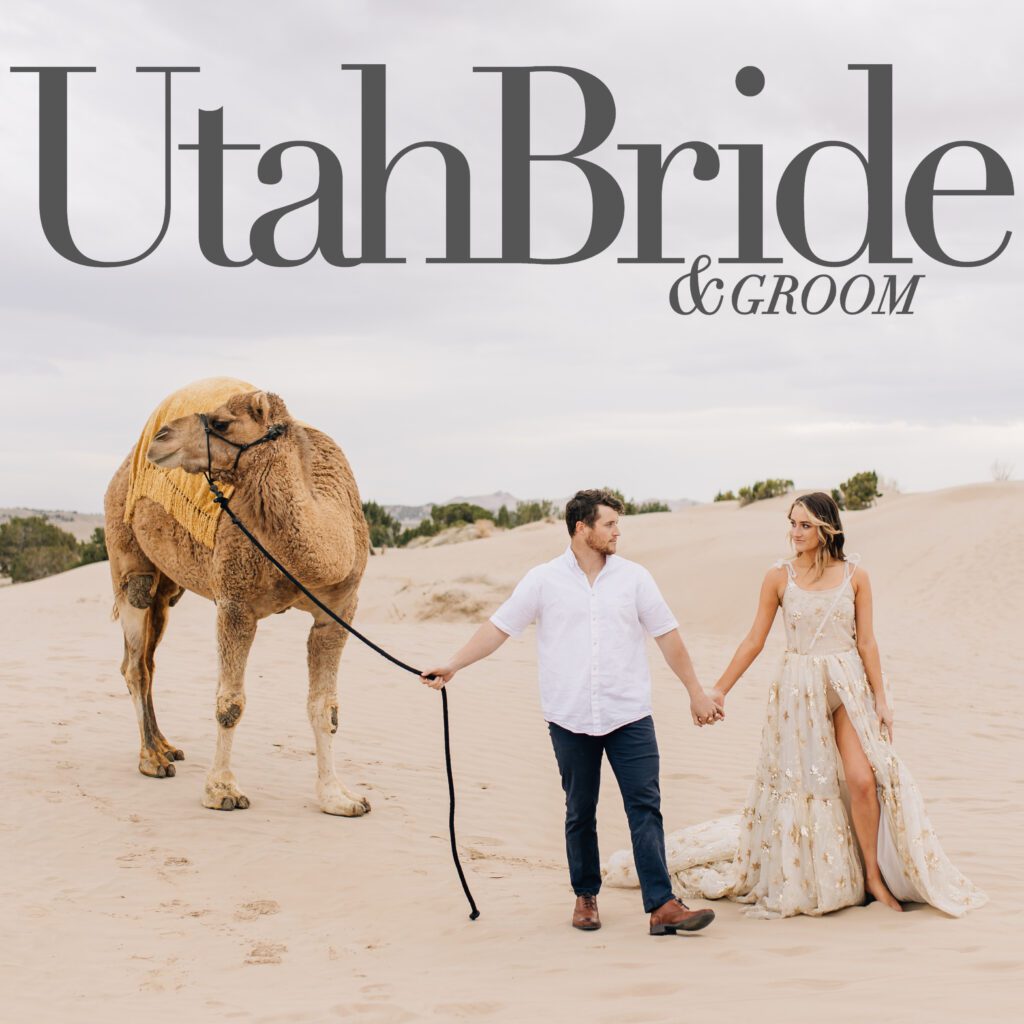
Why Wedding Magazines Matter for Photographers
Being featured in wedding magazines can elevate your brand and help you reach a wider audience. Not only does publication enhance your credibility, but it also serves as social proof, showing potential clients that your work is high-quality and sought-after. Additionally, having your images in print or on major wedding websites can drive traffic to your business and increase your bookings.
How to Get Your Work Published in Wedding Magazines
1. Research the Right Wedding Magazines
Not all wedding magazines are the same, and each has a specific style, theme, and audience. Before submitting, take the time to:
- Identify magazines that align with your aesthetic.
- Review past issues to understand their content preferences.
- Make a list of both print and digital wedding publications to target.
Popular wedding magazines include The Knot, Martha Stewart Weddings, Brides, and Rocky Mountain Bride, but there are also many regional and niche wedding magazines worth exploring.
2. Curate Your Best Work
Editors receive countless submissions, so standing out is essential. Choose images that tell a compelling story, have emotional impact, and align with the magazine’s style. A strong submission typically includes:
- Detail shots (rings, florals, décor, invitations, etc.).
- Candid moments that showcase emotions.
- Well-composed couple portraits.
- High-quality, well-lit, and properly edited images.
3. Follow Submission Guidelines
Each wedding magazine has specific submission guidelines, which you can typically find on their website. Ignoring these guidelines can result in automatic rejection. Pay attention to:
- Image resolution and format requirements.
- Number of images allowed per submission.
- Required vendor credits.
- Submission deadlines.
4. Tell a Story with Your Submission
Magazines look for weddings that are not just beautiful but also meaningful. When submitting, include a well-written description of the wedding that highlights:
- The couple’s love story.
- Unique elements of the wedding.
- Venue and décor inspirations.
- Special moments and traditions.
A compelling narrative makes your submission more attractive to editors.
5. Credit All Vendors
Proper vendor crediting is crucial. Make sure to provide a complete list of vendors involved in the wedding, including:
- Wedding planner
- Florist
- Venue
- Dress designer
- Hair and makeup artist
- Cake designer
Wedding magazines want to ensure all creative professionals get recognition, and missing vendor credits could lead to your submission being rejected.
6. Submit Exclusively or Non-Exclusively
Some wedding magazines require exclusive content, meaning the wedding cannot be published elsewhere before or after their feature. Others accept non-exclusive submissions. Be sure to check the publication’s exclusivity policy before submitting.
7. Engage with Wedding Magazines on Social Media
Building relationships with editors and wedding magazines on social media can improve your chances of getting published. Follow them, engage with their posts, and tag them when you share your wedding images. If they recognize your name, they may be more likely to accept your submission.
8. Consider Styled Shoots
If you’re struggling to get real weddings published, submitting a styled shoot can be a great alternative. Styled shoots allow you to control the theme, color palette, and details, making them highly publishable. Collaborate with vendors to create a unique, magazine-worthy shoot.
9. Be Patient and Keep Submitting
Rejection is part of the process, and not every submission will be accepted. If a magazine declines your work, don’t be discouraged. Take any feedback provided, refine your submissions, and keep trying. Persistence is key to getting published.
Final Thoughts
Getting published in wedding magazines takes effort, but the benefits are well worth it. By researching the right publications, curating your best work, following submission guidelines, and engaging with editors, you increase your chances of seeing your work in print or online. Stay persistent, continue honing your craft, and keep submitting—your next feature could be just around the corner!
For more photography tips and wedding industry insights, follow our blog and stay inspired!
